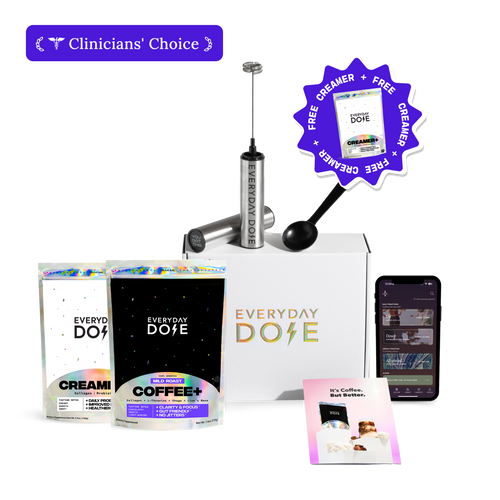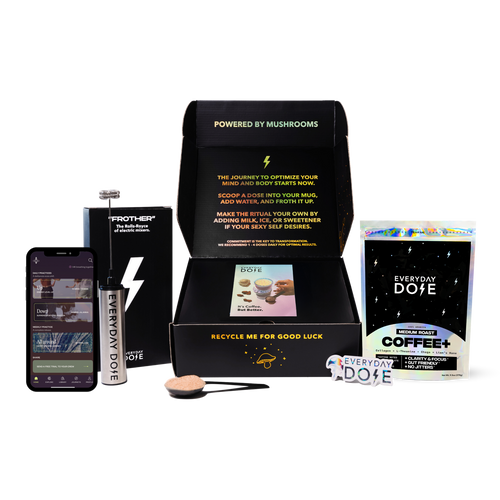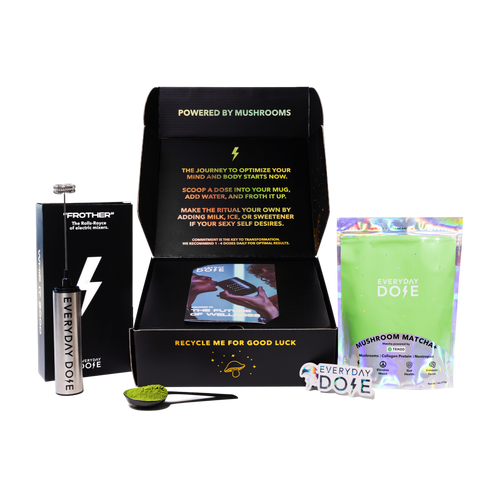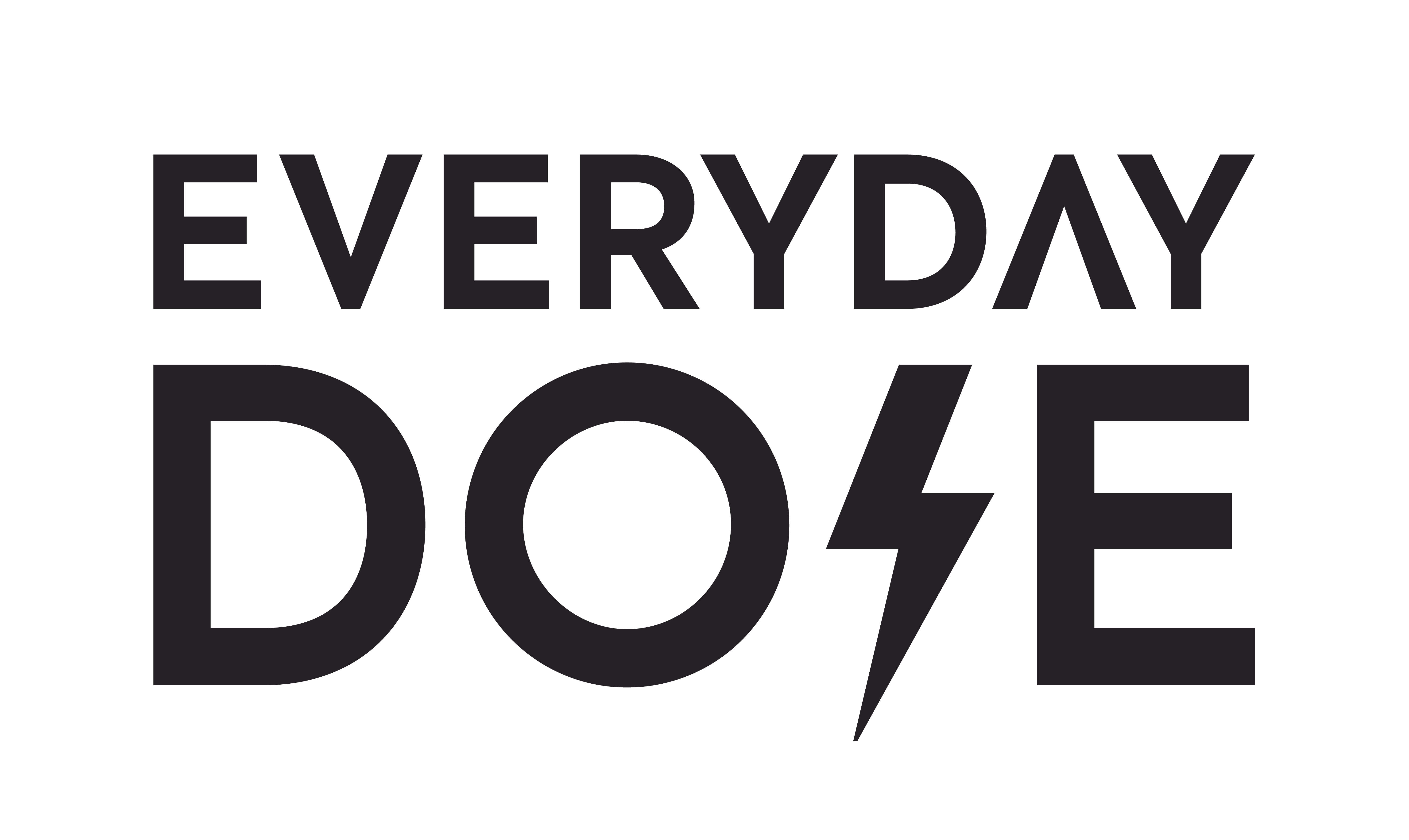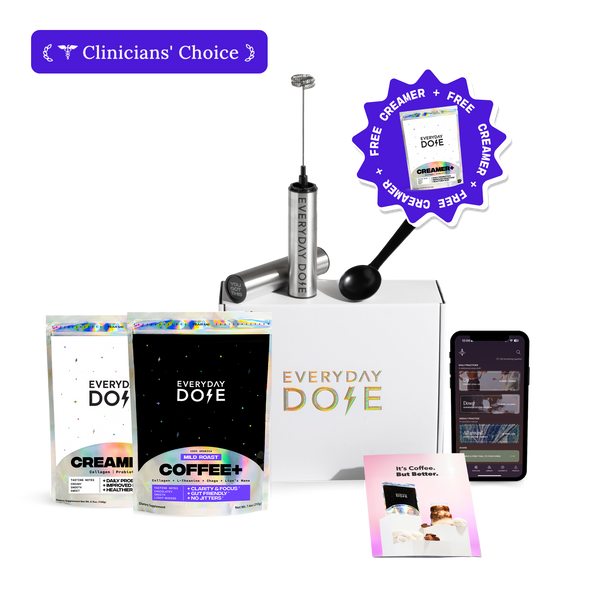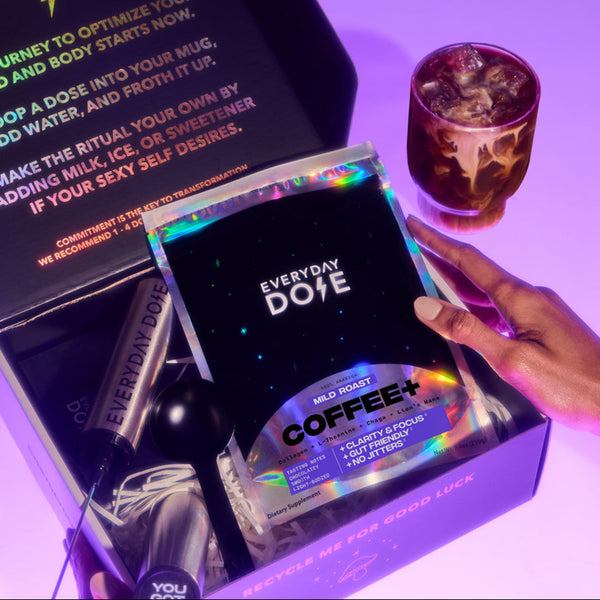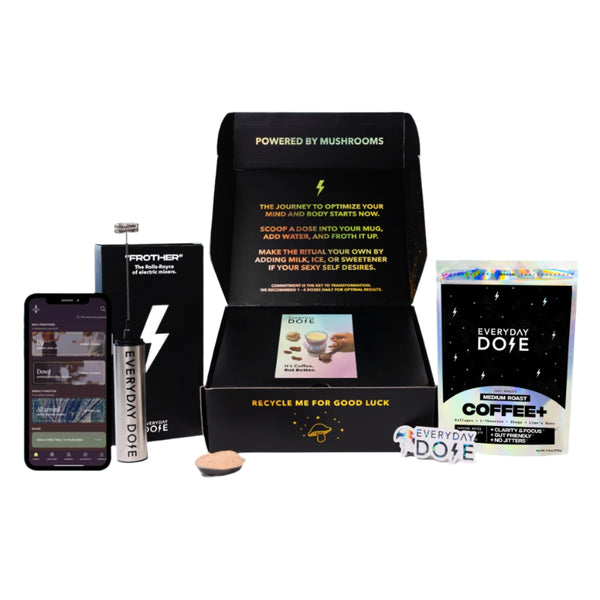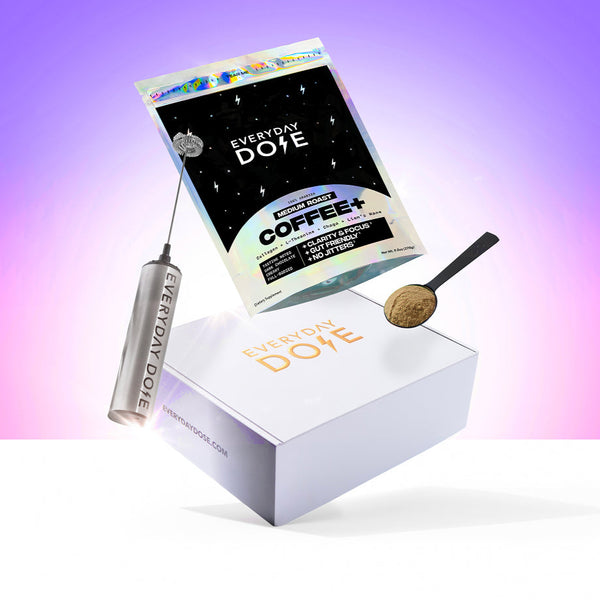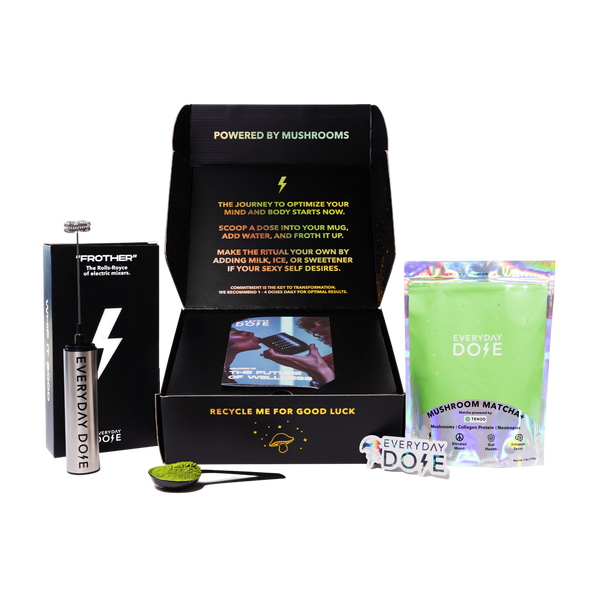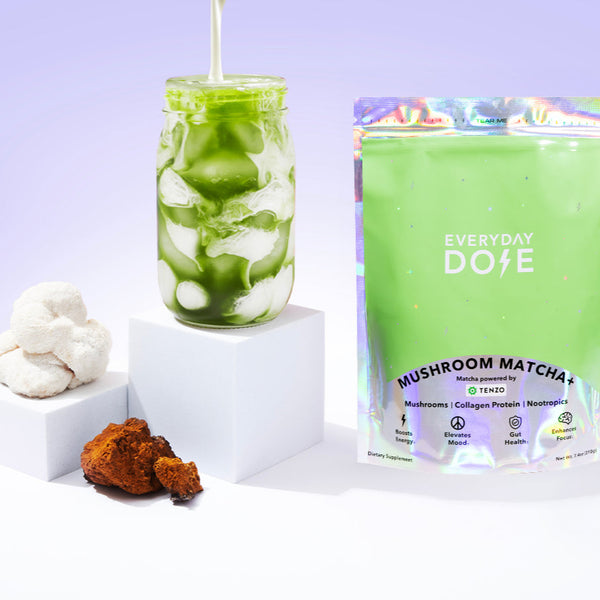¿Qué es el flow? Lo que dicen los psicólogos + Cómo lograrlo

¿Conoces ese momento mágico en el que estás tan concentrado en lo que haces que pasan las horas y se te olvida mirar el móvil (o incluso comer)? No se trata solo de que seas "superproductivo", sino de lo que muchos expertos llaman "flujo".
Los artistas lo llaman estar "en la zona". Los atletas lo conocen como "el punto óptimo". Pero ¿qué es exactamente el flow? Y, lo que es más importante, ¿cómo puedes lograrlo cuando te lo pides? En esta guía, explicaremos qué es realmente el flow, de dónde proviene y cómo alcanzarlo.
¿Qué es el flujo?
El flow es un estado psicológico donde la mente y el cuerpo están en perfecta sincronía, totalmente absortos en lo que hacen. Acuñado por el psicólogo Mihály Csíkszentmihályi , el término describe esa zona óptima entre el aburrimiento y la ansiedad, donde el reto de la tarea se adapta tan bien a tus habilidades que te olvidas de todo lo demás.
El flujo puede manifestarse en todo tipo de situaciones: pintando, tocando música, programando, cocinando, incluso limpiando (si te gusta). Lo que lo hace tan poderoso es que no se trata solo de productividad. Se trata de vivir plenamente el momento, donde el proceso en sí es tan gratificante como el resultado.
¿Cómo funciona el flujo según los psicólogos?
Los neurocientíficos creen que el flujo implica una hipofrontalidad transitoria , que es una forma elegante de decir que el crítico interno del cerebro (que reside en la corteza prefrontal) se relaja un rato, dejando que la creatividad y el instinto tomen las riendas. Al mismo tiempo, el cerebro te inunda con un cóctel de neurotransmisores como la dopamina para la motivación, la noradrenalina para la concentración y las endorfinas para esa sensación de estar en la cima del mundo.
Esta mezcla química afina tu atención como un láser, ayudándote a tomar decisiones rápidas y a mantenerte concentrado. Los investigadores también han descubierto que las redes de recompensa y atención del cerebro trabajan juntas durante el flujo, creando un ciclo de retroalimentación que te mantiene concentrado en la tarea.
Cómo lograr el flujo en nueve pasos:
Para la mayoría de las personas, el flujo ocurre casi por accidente. Sin embargo, con un poco de intención y planificación, puedes animar a tu cerebro a entrar en un estado de flujo cuando lo necesites. Aquí te explicamos cómo lograrlo.
1. Elige la tarea adecuada
El flujo no se da cuando haces algo que te da igual. Elige una tarea que te resulte significativa o al menos ligeramente emocionante, y que pueda captar tu atención un rato. Puntos extra si te reta a subir de nivel de alguna manera. La tarea adecuada es tu entrada al espectáculo del flujo, así que elige con cuidado.
2. Ajusta la dificultad
Esta es la regla de Ricitos de Oro del flujo. Buscas algo ni demasiado fácil ni demasiado difícil, sino justo lo que necesitas.
Si la tarea es demasiado simple, tu mente divagará. Si es demasiado difícil, te sentirás frustrado o ansioso. Encuentra ese punto justo donde tengas que esforzarte un poco, pero aún así creer que puedes lograrlo. Esa tensión te mantiene concentrado sin quemarte los circuitos.
3. Establecer objetivos específicos
"Ser productivo" no es un objetivo que facilite la fluidez; es demasiado vago. En cambio, busca algo claro y rápido de lograr, como "escribir 500 palabras" o "aprender ese riff de guitarra". Los objetivos a corto plazo le dan a tu cerebro una meta a la que aspirar y una sensación de logro en el camino. Cuanto más inmediato sea tu objetivo, más fácil será mantenerlo.
4. Eliminar distracciones
La fluidez y las distracciones son enemigos mortales. Un mensaje de texto y ¡zas!, tu fluidez se ha ido. Guarda tu teléfono en otra habitación, desactiva las notificaciones y despeja tu espacio físico. Incluso las pequeñas interrupciones pueden desviar tu concentración, así que trata tu tiempo de fluidez como si fuera tierra sagrada. Una vez dentro, te alegrarás de haber protegido la burbuja.
5. Calentamiento
A tu cerebro le encantan las señales que le indican qué hacer. Si quieres entrar en tu flujo, es útil establecer pequeñas señales que le indiquen que estás intentando concentrarte. Por ejemplo, podrías sentarte en tu escritorio, encender una vela reservada solo para el tiempo de flujo, poner música fluida o, literalmente, ponerte un gorro de "pensar".
Uno de nuestros rituales favoritos es preparar una taza de nuestro Café de Hongos+ . Ingredientes como el extracto de café te dan un suave subidón de cafeína, mientras que la melena de león favorece la concentración y la L-teanina mantiene la mente tranquila y alerta.
6. Crear soporte de flujo
Los apoyos para el flujo pueden ser cosas como trabajar en tu momento de mayor energía, añadir novedad a la tarea o introducir una competencia amistosa. La música es otro factor importante: deberás elegir melodías que te mantengan concentrado sin robarte el protagonismo, como música lo-fi o instrumental. La idea es crear condiciones que tu cerebro asocie naturalmente con una profunda implicación, para que entrar en el flujo se sienta casi automático.
7. Obtenga retroalimentación inmediata
Tu cerebro prospera al saber cómo está en tiempo real. Ya sea monitoreando tu progreso con un cronómetro, viendo cómo aumenta tu puntuación en un juego o recibiendo notas instantáneas de un compañero, la retroalimentación te mantiene concentrado . Sin ella, corres el riesgo de desviarte. La forma más fácil de obtener retroalimentación es configurar un cronómetro o registrar algo como el recuento de palabras.
8. Práctica, práctica, práctica
Fluir se vuelve más fácil cuanto mejor seas en algo, así que piensa en la práctica como una inversión. Cuanto más desarrolles tus habilidades, con mayor frecuencia podrás encontrar el equilibrio perfecto entre desafío y habilidad. Programa tiempo regular para mejorar deliberadamente y recuerda que las ráfagas cortas y constantes son mejores que los maratones ocasionales. Con el tiempo, notarás que la fluidez se convierte en una parte habitual de tus sesiones de trabajo.
9. Respete el proceso de recuperación
El flow es increíble, pero sigue siendo mentalmente intenso. Sin descansos, puedes agotarte más rápido que un café espresso. Programa tiempo de inactividad, duerme lo suficiente y aléjate de la tarea cuando sientas que tu mente está agotada. La recuperación te ayuda a recargar tu energía mental para que puedas afrontar la siguiente sesión de flow con toda tu energía.
El resultado final
El flow no es solo para atletas de élite o maestros zen, es para cualquiera que quiera sentirse más concentrado, creativo y vital en su trabajo. Al comprender qué es el flow y crear las condiciones adecuadas (como el desafío perfecto, un espacio sin distracciones y un buen calentamiento), puedes incorporarlo a tu vida habitual.
Es como entrenar tu cerebro para que trabaje contigo en lugar de contra ti. Así que elige tu tarea, prepara una taza de tu mezcla favorita de hongos Everyday Dose y prepárate para sentir la corriente.
Fuentes:
Mecanismos neurocognitivos que subyacen a la experiencia de flujo | ScienceDirect
Empieza tu día
El camino correcto
